PR measurement needs to shift from output driven to outcome driven: Valerie Pinto
As part of our latest series on ‘PR Conversation’, we at Adgully are speaking to some of the industry leaders from both PR agencies and the corporate communications world about how PR as a business and communication tool has evolved and grown over the years. In the last 10 years, PR has taken a different dimension, especially after the entry of social media in a big way. While the PR business has grown, some of the challenges that the industry is facing have also multiplied as clients are becoming more demanding and are expecting their consultants to be on their toes to manage their brand reputation, as news today travels fast and clients are expecting quick response and action in case of a crisis situation.
Also read: “Data analytics should be a fundamental part of any communications function”
In conversation with Adgully, Valerie Pinto, Chief Executive Officer, Weber Shandwick, speaks about the evolving world of Public Relations, the growing shift to digital, the right tools to provide insight into the success of a campaign and much more.
How has PR evolved in the last 10 years? Going forward, how will the Industry shape up as the dynamics of the PR is changing with the acceleration of digital?
Ten years ago, PR was more traditional, and professionals had clear cut roles that would rarely overlap. The industry has now evolved to be one that provides more integrated services – including all things digital, and professionals now wear many hats. Creativity sits at the top of how we use various tools, straddle multiple platforms and create opportunities to directly deliver strong business outcomes.
Data and Analytics will change the way we create communications architectures and frameworks that align to business objectives. Measuring output will transition to measuring outcomes consistently. This will leave no business the chance to operate solely through its traditional approach, with most sectors having to reinvent themselves and challenge the status quo.
COVID has pushed consumers to consume differently and businesses to operate differently, so communication can no longer ignore the opportunity that digital presents to the industry as we move into the next decade of PR. The differentiator will be how organisations think through campaigns that can scale consumption, effect change, and impact reputation.
The pandemic has disrupted everyone. In these times how have you managed the client expectations and how did you manage to keep engaged with your clients?
The pandemic has posed new challenges for the agency business and has forced us to re-look at the way we engage with our clients. We have to be earned at our core now more than ever before, and push ourselves to creatively leverage all possible platforms for message delivery. Media consumption patterns have significantly changed since COVID, and mastering that change with clever ideas will help us keep our clients engaged.
Clients are now far more attentive to every detail. Nothing slips past them and so as an agency we have to be on top of our game, deliver the basics flawlessly, be alert to find those new emerging opportunities, and definitely stay creative at telling the same story again and again. If you are able to find a successful way of telling these stories creatively, you will positively keep your client engaged.
Clients need you to bring intelligence about competition to them, before they hear it from anyone else. They want to be informed with recommendations that can be delivered with confidence, as they sit at the table with their leadership teams. Being able to deliver this intelligence timely and in bite sized nuggets, is what makes us effective, efficient and keeps clients well engaged.
How different are you as an agency and what are some of the interesting tools that you deploy to give the best in terms of result to your clients?
Clients in India need tools that are cost effective and those that provide insight into the success of a campaign. From listening tools, to hybrid audit tools, to measurement tools, to AI tools for predictive creative and trends spotting, we have access to a wide range of tools as part of the IPG group. However, it’s not about just tools, it’s about deploying them effectively to measure and meet outcomes that the client is aiming to achieve.
Today, artificial intelligence and data analytics are becoming very important in marketing and communication. How is your agency making use of this to help your clients on overall messaging and achieving the desired ROI?
Data is paramount to carving any communications campaign. It’s also imperative as business leaders are directly involved in tracking reputation and outcomes today. They are asking very clear questions – What have you achieved?
From simple tracking tools like Impact, Meltwater, Cision, Outbrain, Taboola, Quilt.AI, Quid, to hybrid tools developed in-house, we use a combination of tools depending on client budgets, to measure outcomes.
PR measurement and effectiveness of PR has always been a subject of debate. As a PR professional, what steps the PR industry should take to bring in uniformity so that everyone speaks one language when it comes to PR measurement?
Business today has moved ahead when it comes to valuing communications, and we need to get comfortable with representing what we do in a very contextual business outcome related manner. For this, we need the right input, which is possible with relevant listening tools, to formulate predictive narratives.
While there is a lot of change that we’re seeing from a measurement standpoint, what we get from measurement companies today is output driven and not business outcome driven. Making this switch will ensure we all speak the same language, when it comes to PR measurement.
Getting the right skillset and training has always been a challenge in the PR profession. What is your view on the same and what would be the valuable tips that you would like to give to the budding young PR professionals?
Having the right attitude is most important. Skills and trainings can be taught, but it is crucial that budding professionals are determined, passionate, flexible, and keen to learn.
As the industry continues to evolve, being technologically savvy and digitally aware will always be advantageous. The PR professional of tomorrow will no longer be restricted to a particular role, and instead will be expected to deliver on a wide range of services. These are some traits that organisations and clients value.
Do you feel the traditional role of interpersonal communication, which was so critical to the profession, has somehow been put to the back burner because of too much virtual engagement? How are you experiencing that, is it bringing down the efficiency of the agency?
Change is always slightly uncomfortable, and given we are all now working from home, the challenge is getting teams to get accustomed to this new ‘online’ way of operating.
Whether pitches, conferences, meetings, team brainstorming sessions or workshops, they are all digital today. Initially, this was taking a toll as we were all figuring out a way to navigate through this new way of operating. However, as time went on, we all began managing our time better to avoid fatigue and improve engagement.
We have done several pitches over video conference since we have been working from home, and it has been fun engaging from different locations. In the early days, the preparation for a pitch took more time than usual, but I have to say the teams have been coping fairly well and have mastered the new way of working.



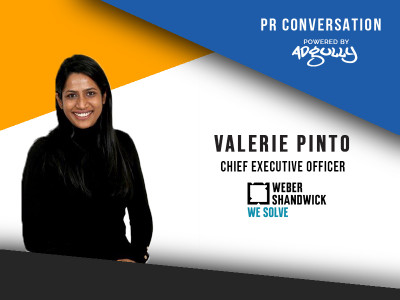








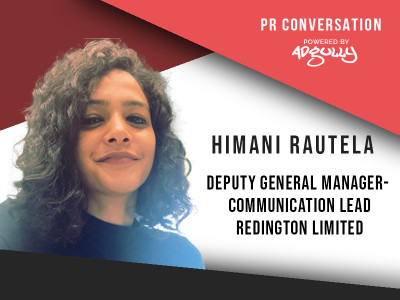
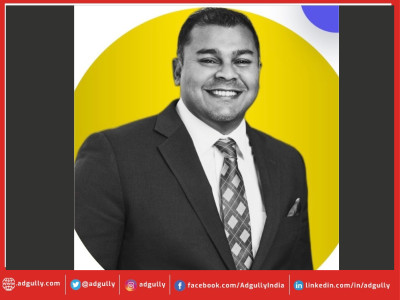
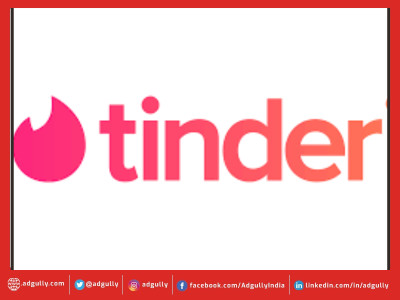
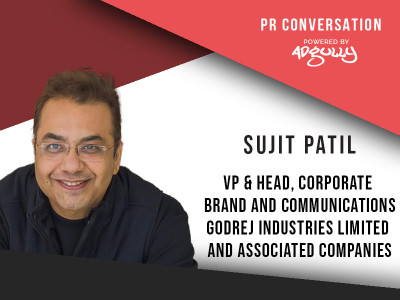

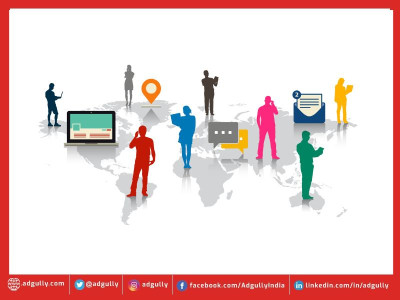

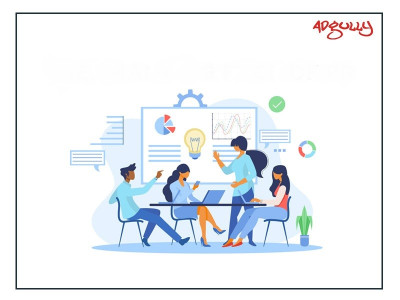
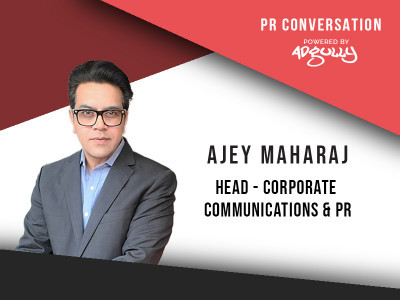
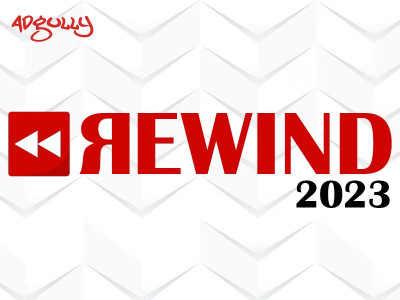
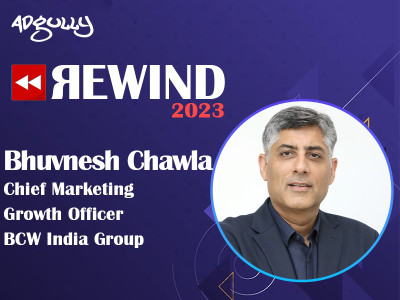



Share
Facebook
YouTube
Tweet
Twitter
LinkedIn